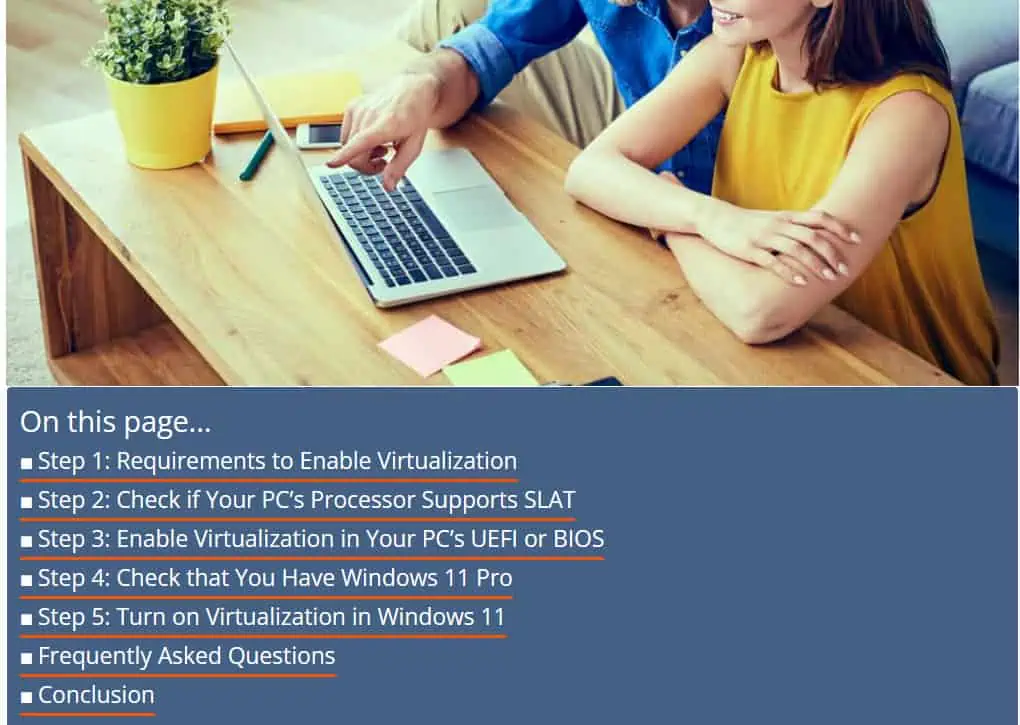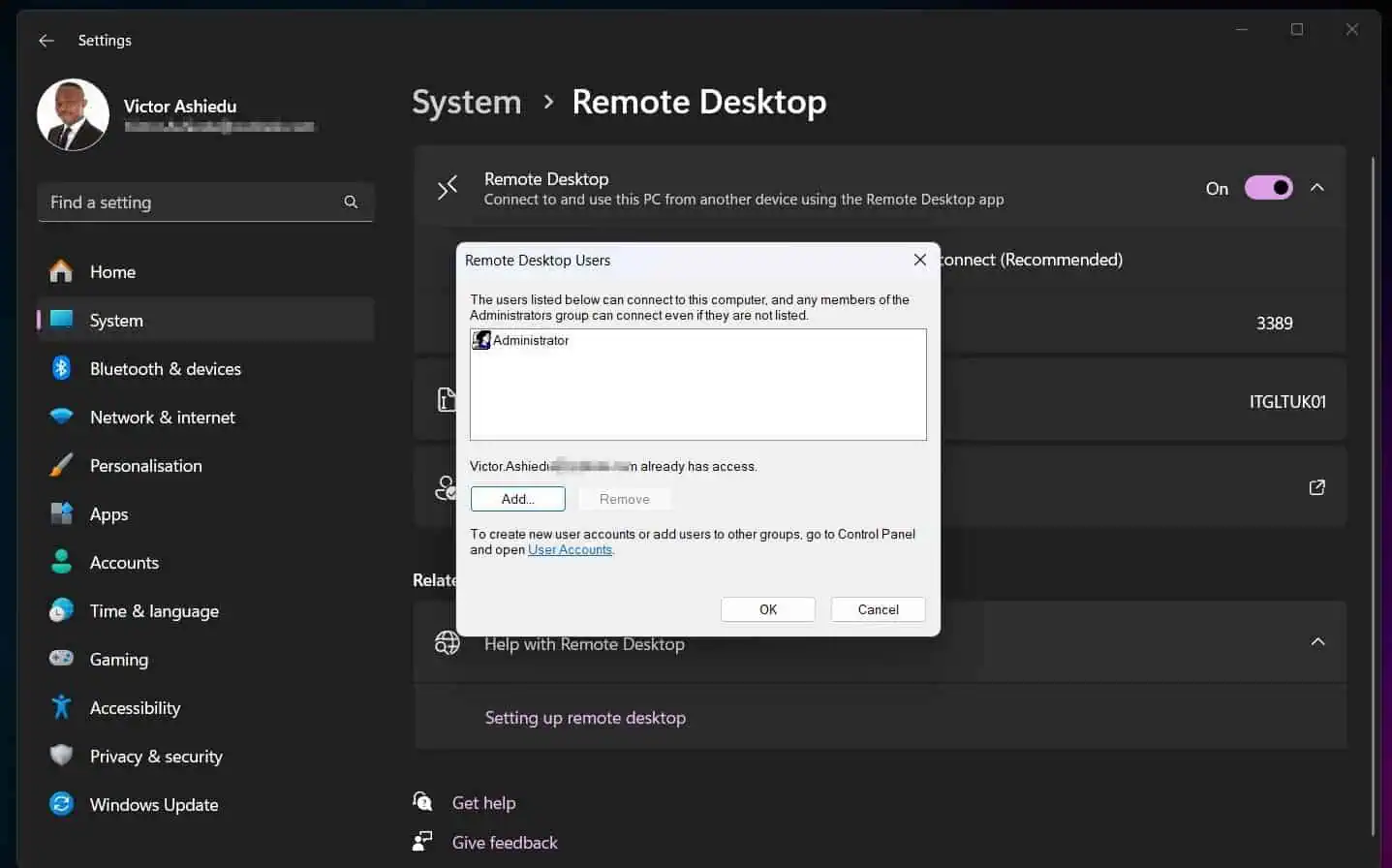On this page...
At Itechguides.com, our commitment is to deliver content that not only informs but also engages our readers effectively. To ensure a seamless reading experience, we adhere to the following content writing guidelines:
Concise Introductions
We value our readers’ time and attention. Therefore, we intentionally keep our introductions short and precise.
This sets the stage for the main content without unnecessary rambling. This approach respects the readers’ time and immediately captures their interest.
We Keep Sentences Brief
In the pursuit of clarity, we recognize the power of brevity. Composed with precision, our sentences are concise and to the point.
This approach aids in enhancing reader comprehension and engagement, ensuring that the information is easily absorbed.
Two-Sentence Paragraphs
We’re conscious that we’re writing to inform our readers. Therefore, our content is structured with the reader in mind.
So, it is important for us to not bore our readers with necessarily long paragraphs. To this end, we limit paragraphs to a maximum of two sentences, ensuring that information is presented in easily digestible portions.
This aligns with the modern reader’s preferences of “go straight to the point and keep it simple.” This format supports efficient information consumption and keeps our readers’ attention focused.
Transitions for Continuity
We prioritize the coherence of our content by employing transition words. These words act as bridges, seamlessly connecting thoughts and ideas.
This practice enhances the overall flow of the content, providing a cohesive reading experience for our audience.
So, when you read our content, you will notice the use of words like “therefore,” “Meanwhile,” and “Nevertheless.” These words help connect thoughts and make consuming information easy.
Content Designed to Inform
Our content is designed to inform our readers. We already talked about how we keep sentences, introductions, and paragraphs short to achieve this purpose.
The whole idea is to make it easy for our readers to consume the information we provide in our articles.
Beyond the aforementioned, we also recently redesigned our Table of Contents (ToC) to cement that strategy of making it easy for our readers to digest our content.
On top of every article (just beneath the featured image), we have a ToC titled “On this page…”

This ToC is a quick intro to the content presented on the page. Looking at the above screenshot, readers can see that there are multiple methods to complete the task presented in the content.
With this information right at the top of the page, a reader can decide to read through all the methods. Alternatively, the reader can decide to click on the link to the method of choice.
So, for all our content, if the information presented offers multiple ways to achieve a goal, we show them as “Method 1,” “Method 2,” “Method 3,” etc.
Similarly, some of our content has multiple high-level steps. In this situation, we present the various steps as “Step 1,” “Step 2,” “Step 3,” etc.
Here is a screenshot of a sample article that utilizes this writing style.

Unlike the first example, this article presents multiple steps to achieve the objective of the content. With this information presented to a reader, the reader is aware that the content has to be read in sequence.
So, if an article requires multiple high-level steps, we present them as shown to inform our readers that they have to read the content in a sequence.
Originality and Attribution
Integrity is critical in our content creation process. We strictly avoid plagiarism and take pride in generating original material.
Whenever external sources are referenced, we ensure proper attribution and quotation, upholding the highest standards of accuracy and transparency.
Our commitment to accuracy extends to acknowledging the work of others. Following this guideline, we quote sources within our content by referencing the link to the source.
Moreover, at the end of our content, we provide a list of all sources we referenced while researching and writing our content.
This approach serves two purposes.
Firstly, it promotes openness and gives credit to any source we quote. Secondly, listing the sources with links to them allows our readers to further explore the topic and enhance their knowledge.
Human-Crafted, No AI
We firmly stand against the publication of AI-generated content. Our articles are the result of human creativity, expertise, and dedication to delivering high-quality, authentic information to our readers.
Through these principles, Itechguides.com strives to maintain a standard of excellence in content creation. This ensures that our audience receives information that is not only accurate but also presented in a reader-friendly structure.



![How To Run Sysprep (Generalize) In Windows 10 [2 Methods]](https://www.itechguides.com/wp-content/uploads/2022/05/8-2.webp)